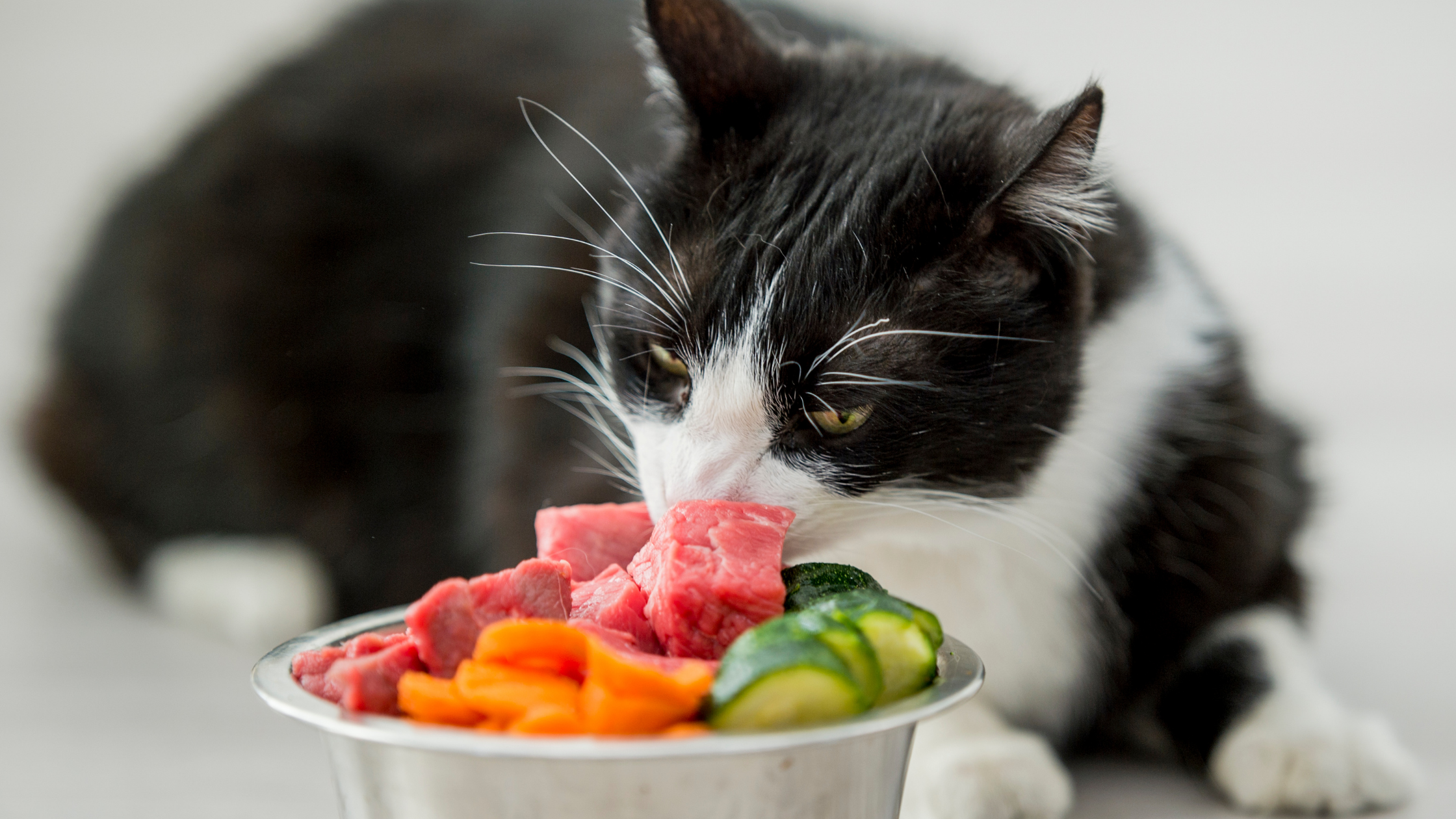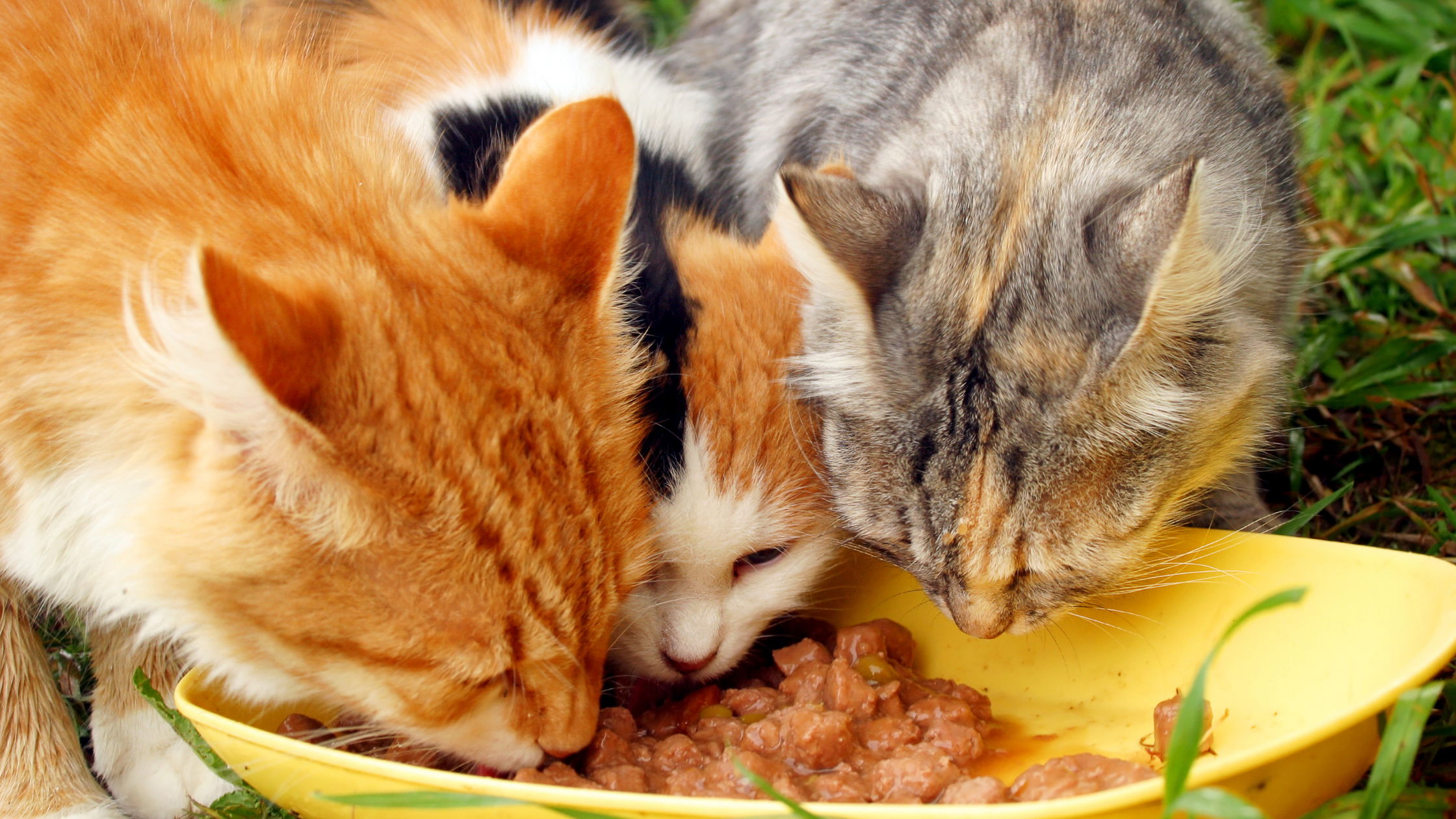For people, a homemade diet is almost always healthier than what you can acquire ready-to-eat from stores. It only means that this is also true for cats, right? Well, not always.
It's an excellent idea to know all that goes inside a nutritionally complete and well-balanced cat diet before buying a lot of ingredients. It may not be as simple as you would imagine.
Here, we answer the pressing questions about homemade cat diet.
Is Homemade Cat Food Really Better Than Commercial Ones?

Making your feline's food at home does offer some advantages. First, you have total control over the ingredients that you use. Are you looking for a diet regimen free from artificial flavors, colors, and preservatives? Do you want your pet to have an organic or grain-free diet? It's all up to you.
A homemade diet can be an excellent option for cats with sensitivities to some ingredients.
If your pet has an allergy or intolerance, avoiding these allergens is easy. You can also attract a sick cat to consume homemade food when they refuse to touch commercial cat foods.
Is Homemade Cat Food Healthy for Cats?

Unfortunately, not all homemade cat diets are healthier than commercial diets.
It's possible to get the benefits pointed above by being a critical consumer and feeding your feline high-quality commercial pet canned food.
Organic ones are also offered online and in physical pet stores. For instance, organic cat food is devoid of synthetic flavor, colors, and preservatives. It is also grain-free and made from the ingredients you'd use in making a homemade feline recipe.
With all the fantastic cat foods available on the market, it's also relatively easy to find alternatives to meet the needs of felines with dietary sensitivities. Commercial veterinary diets have rigorous quality control standards to avoid cross-contamination that can cause flare-ups.
What You Should Consider

As obligate carnivores, cats need:
Protein
Fiber
Fats and carbs
Vitamins - This is challenging since it's hard to estimate the number of vitamins present in homemade food. However, these are the vitamins that are crucial for felines to have:
- Vitamin A
- Vitamin D
- Vitamin E
- Vitamin K
- Vitamin B1, B6, B12
- Riboflavin
- Folic acid
- Niacin
- Pantothenic acid
- Taurine
Minerals such as
- Calcium
- Phosphorous
- Magnesium
- Sodium
- Iron
- Manganese
- Selenium
- Iodine
- Chlorine
- Potassium
- Zinc
- Copper
How to ensure all of them are in your cat's diet regimen? Seek advice from a vet and make up a strategy. If some nutrients are lacking, you'll need to give supplements to your pet.
Ingredients to Avoid

When deciding to make your cat food, you need to think about one more thing: what you need to avoid. We know that some manufacturers add items that could be unsafe and allergic to felines. These consist of:
- Soy and wheat
- Peas and also pea fiber
- Corn
- Some fruits, veggies, and berries like avocadoes, cranberries, tomatoes, zucchini, and red apples. Those could be allergic to your cat. The reaction is specific; you should look at how your pet will react.
- Non-specific meat as well as meat by-products
What About Raw Diet?

The American Animal Hospital Association says that raw meat diets are not safe nor nutritionally sound. They warn against the risk of salmonella poisoning to both the feline and human household members.
When doing a raw food diet, you also need to know about zoonotic (animal to human) disease transmission, food security, and contamination concerns.
Raw diet likewise leaves too much area for variables. A slip-up is likely high if the proprietor goes out of town and the food is left out too long, for example.
What You Need to Know Before Making Cat Food At Home

If you have determined to make your cat's food, follow these standards to ensure that you satisfy every one of your feline's nutritional needs.
Ensure Nutritional Balance
Balanced nourishment is crucial if cats are to thrive. Nutrient excesses and shortages can cause significant health problems.
Unfortunately, numerous homemade cat food recipe contain either too little or too many crucial nutrients. A study released in 2019 examined 114 plates for home-prepared maintenance diets (HPMD) for cats collected from books and online resources. According to the researchers, there were problems with nutritional adequacy in all reviewed HPMD recipes.
Use Vet Approved Recipes
Where should you get your recipes, then? The best option is a board-certified veterinary nutritionist.
These professionals can design recipes that take your cat's age, weight, and health issues into consideration. Your veterinarian can refer you to a vet nutritional expert, or you can find one with the American College of Vet Nutrition.
Follow the Recipes Specifically
Your future problems do not end once you access a great homemade cat food recipe. Research has shown that, with time, many pet parents make alternatives in their cat's diet plan and entirely stop including vital ingredients like minerals and vitamin supplements. Never make adjustments to your feline's recipes without first speaking with your vet or nutritional expert.
Get the Right Supplements
It isn't easy to make nutritionally complete and balanced cat food without vitamin and mineral supplements. Be wary of any dish that claims to give all the nutrients your cat requires without supplementation. Reliable resources will tell you precisely how much of each nutritional supplement needs to be included with the other ingredients in the recipe.
Make Sure You Can Dedicate Time to Making Homemade Food
Preparing a homemade diet regimen for your cat needs additional time. You can make life easier by taking a week or two's worth of food and freezing meal-sized portions. Defrost the food in the refrigerator overnight, and afterward, warm it to body temperature level (slightly above room temperature) before feeding. Homemade food needs to be discarded after two hours at room temperature or in the refrigerator after a couple of days.
Make a Gradual Switch Over
Rapid dietary modifications of any kind can cause stomach upset in cats. Take a week or two to gradually blend in homemade food, increasing the quantities of the new food while decreasing the old. If your cat does not take the brand-new diet plan well, change back to the old one and talk to your vet.
Take Your Cat to the Veterinarian Consistently for Monitoring
Felines who consume a homemade diet regimen ought to be seen by a veterinarian two or three times a year to check for diet-related health problems and make sure that your recipes continue to fulfill your cat's needs.





















